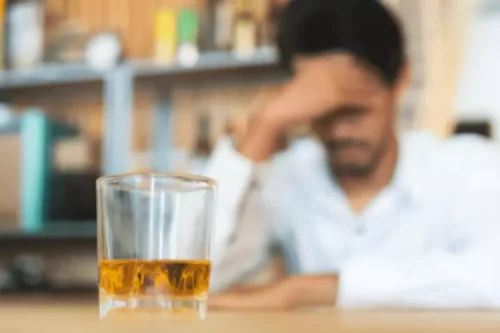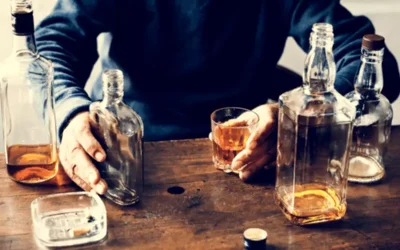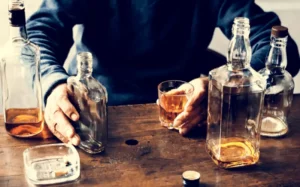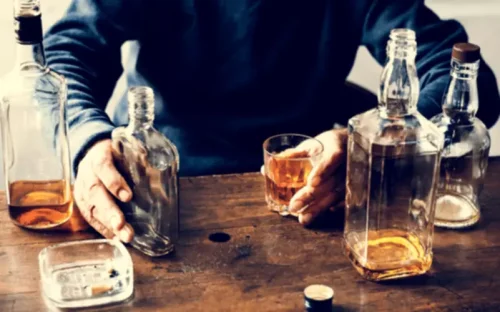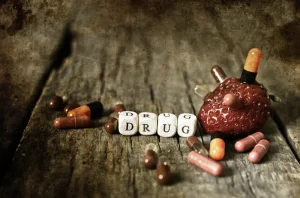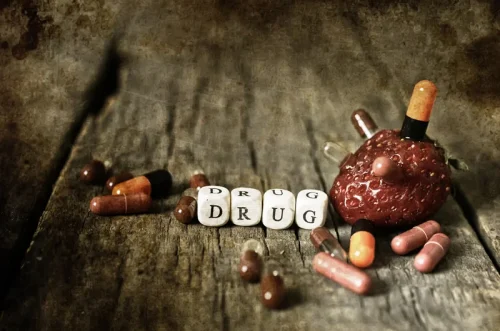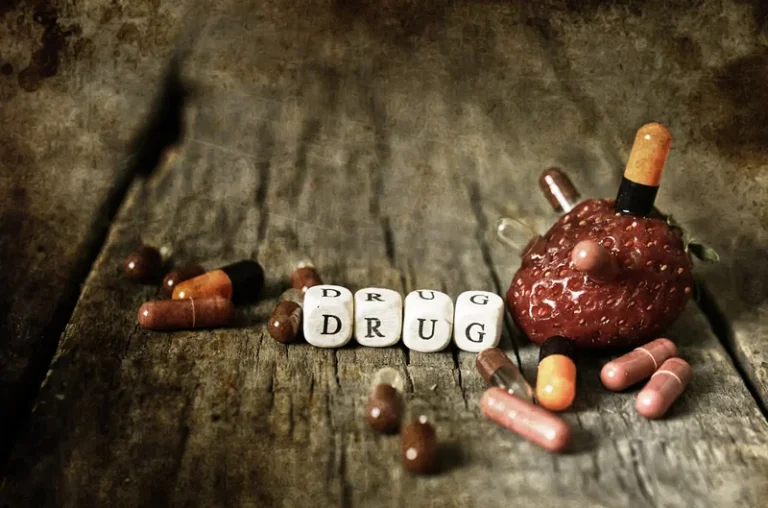Most individuals in precontemplation feel that recovery simply isn’t possible for them. During detox and throughout residential recovery, which can last from a few weeks to a few months on average, individuals work on active recovery. During this time, they learn more about the cycle of addiction and identify root causes of addiction in their own lives as well as triggers for alcohol or drug abuse. The main goal of aftercare is to apply and reinforce the positive changes that the initial inpatient or outpatient addiction treatment program achieved. Aftercare also ensures the https://appsychology.com/living-in-a-sober-house/ patient has ongoing support during stress or temptation. At The Recover, we address these challenges by providing comprehensive support and strategies to overcome obstacles at each stage.
Stage #4: Action
In fact, relapse is part of the Transtheoretical Model of Change and is a common part of the recovery process. The individual may only think about this internally or mention it to close friends and family. This stage can be challenging and may require significant effort and willpower. It’s also the stage where you may see the most significant changes and progress in your recovery. The pros and cons will often weigh heavily on people’s minds, making it challenging to take action.
Tracking progress and celebrating achievements can help keep individuals motivated and focused on their recovery goals. This may involve setting milestones and acknowledging both small and large successes along the way. Recognizing personal growth and accomplishments can boost self-esteem, reinforce the value of the recovery process, and provide encouragement to continue moving forward.
The 5 Stages of Recovery from Addiction
It involves breaking free from the cycle of addiction, addressing underlying issues, and developing strategies to maintain sobriety. Recovery is a comprehensive process that encompasses not just physical abstinence from substances but also emotional, psychological, and social healing. After realizing that substance abuse is a problem and that they can’t quit drugs or alcohol on their own, many individuals first begin considering the need for help. This is an important addiction recovery step because, during this time, you begin to realize the impact of substance abuse on the lives of those around you. For many people, the impact of their own addiction on those they love is a driving factor to move forward toward other stages of overcoming addiction.
After realizing that substance abuse is a problem and that they can’t quit drugs or alcohol on their own, many individuals first begin considering the need for help. Of these, 17 million have both substance abuse and mental health issues. It often includes cognitive-behavioral therapy (CBT), which helps with addiction and emotional problems17. By this stage of recovery, the addict is ready to take action toward recovery. They may try quitting the substance themselves, which usually results in awful and sometimes dangerous withdrawal symptoms and rapid relapse.
Action/Willpower
- There will be periods of abstinence from the substance and an inclination to turn to trained professionals to help prevent a relapse.
- By understanding and utilizing the tools and resources available at each stage, you can successfully navigate the change cycle and maintain lasting recovery.
- It should not be used in place of the advice of your physician or other qualified health providers.
- Maintaining your health and wellness is a key part of long-term recovery.
- You gain the same learning opportunity from any relapse, regardless of its cause or trigger.
As illustrated by the hatching chick diagram above, before starting the change process toward recovery individuals with substance use disorder are in the “pre-contemplative” stage. While they do not yet recognize having a substance-related problem, other people around them often do notice a potential problem. That means maintaining sobriety by following up with your plans, attending AA or NA meetings, seeing a counselor and working with a sponsor. It may also mean working with loved ones who can provide ongoing support for you as you seek to live a sober lifestyle.
- This stage can be challenging and may require significant effort and willpower.
- It becomes all you think about and what you feel you need to function.
- They can provide encouragement, understanding, and shared experiences, making it easier to face changes together.
- Participating in aftercare programs can be a beneficial way to maintain sobriety and continue the process of recovery.
- At In Balance Counseling, our counseling service in Tucson help people overcome their addictions and live healthier lives.
Understanding Addiction
During the preparation stage, it’s important for individuals to anticipate potential obstacles and develop strategies for overcoming them. This may involve identifying triggers, developing coping mechanisms, and planning for setbacks. By being proactive and prepared, individuals can increase their chances of successfully navigating through the recovery process. To overcome ambivalence, individuals can benefit from learning more about their addiction or mental health problem. This may involve researching the underlying causes, potential treatments, and success stories of others who have overcome similar challenges.
Focus on the potential benefits that changes can bring to your life, such as improved relationships and emotional well-being. This perspective shift can empower you and make the transition feel less daunting. Mental health conditions, stress, and grief can all trigger the need for soothing and sober house distraction.
After successfully completing the initial stages of addiction recovery, individuals enter the stage of early abstinence. This stage is crucial for building a solid foundation for long-term sobriety. It involves developing new habits, establishing a support system, and learning effective coping mechanisms. The fourth stage of addiction recovery is detoxing from alcohol or drugs. Detoxing involves allowing the drugs or alcohol to leave your body without replacing them (by continuing substance abuse).
Through techniques like functional analysis, individuals learn to recognize how their thoughts and feelings link to their substance use behavior. Through techniques such as cognitive restructuring, journaling, and functional analysis, individuals can challenge negative thoughts and learn to navigate high-risk situations. By adapting CBT principles to the individual’s readiness for change, treatment becomes more effective and personalized.
This trio addresses recovery stages, leading to a lasting change across the entire recovery spectrum. The journey starts with quiet reflection on how substance use affects you and your loved ones. When looking for a recovery center to begin the treatment process, keep in mind that there is no treatment that is right for everybody.
What Are the 5 Stages of Addiction Recovery?
Explore fear in recovery and learn powerful strategies to overcome it. Discover eye-opening heroin addiction statistics and insights on treatment approaches and comorbidity factors. This could look like a casual conversation, or something more structured and planned. Early intervention can be one of the most effective forms of ‘treatment,’ but preventing substance use altogether offers the greatest crop of benefits. You might notice your loved one going to bars more frequently or attending parties with drinking or drug use.
One influential framework guiding this process is the “Transtheoretical Model of Change” (TTM), developed by Dr. James Prochaska and Dr. Carlo DiClemente. This model delineates six stages through which individuals cycle during their recovery journey, elucidating the mechanisms that drive behavioral transformations. During the maintenance stage, individuals must remain vigilant in their efforts to prevent relapse and maintain the positive changes they have achieved. This may involve continuing therapy, attending support group meetings, and consistently practicing self-care and healthy routines. Individuals should also be prepared to adapt their action plan and coping strategies as their circumstances and needs change over time. Addiction recovery refers to the process of overcoming substance abuse and achieving a healthier and more fulfilling life.
The role of life skills training in preparing for a sober future
This article will explore each of the five stages of change in detail and provide strategies for successfully navigating through them. Our caring and compassionate specialists are eager to help you comfortably navigate this journey to recovery. Our individualized treatment plan, programs, and therapies may be a perfect match for you or your loved one. The action stage occurs when you embark on a transformation, and the healing process begins.
